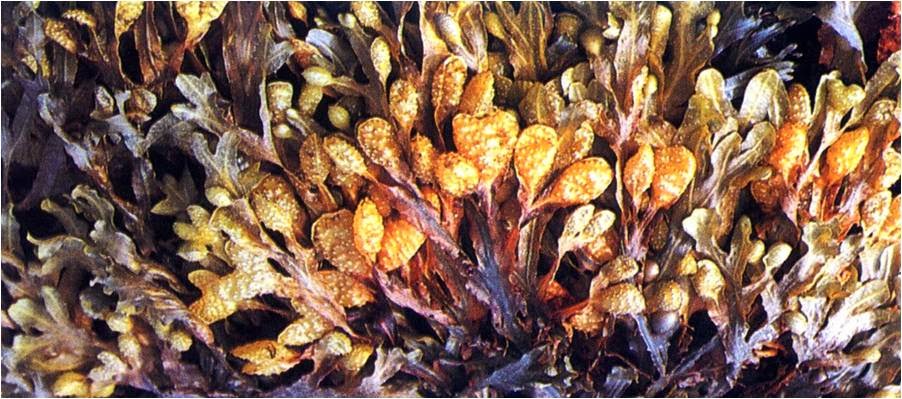Species
- The smallest group of organisms classified which can interbreed with each other to produce fertile offspring
- Scientific name : unique
- e.g. scientific name :
Homo
sapiens, Oryza sativa, Zea mays, Musa paradisiaca, Saccaromyces
cereviceae, Felis canis, Carica papaya, Vitis nucivera, Homo
mojokertensis, Gnetum gnemon, Felis tigris.
Five
Kingdom System
- Monera
- Protists
- Fungi
- Animals
- Plants
Monera
(Bacteria and Cyanobacteria)
~Unicellular,
microscopic
~No
nucleus membrane
- Prokaryotic
~Some
have no chlorophyll
- Saprophytic or parasitic
- Saprophytic: feed on dead substances
- Parasitic: obtain nutrients from living organismsProtists~Unicellular; microscopic, and many cells.~Nucleus membrane present
- Eukaryotic
~Autotrophic or heterotrophic~Three groups of protists are :1. animal like-protist, ex.; paramecium, amoeba2. plants like-protist, ex.; euglena, chlamydomonas3. fungi like-protist, ex.; mucus fungiAMOEBA
Fungi
~Eukaryotic
~Made
up of hyphae
- Mycelium : a mass of hyphae
~No
root, stem and leaf
~No
chlorophyll
- Saprophytic or parasitic
~Reproduce
by forming spores
Animals
~Eukaryotic
~Divided
into two groups according to the presence or absence of
backbone:
- Invertebrates : without backbone
- Vertebrates : with backboneInvertebratesVertebrates~Divided into 5 classes:
- Fish
- Amphibians
- Reptiles
- Birds
- Mammals
Fish - Aquatic
- Cold-blooded
- Body covered by wet and slimy scales
- Streamline body for easy movement through water
- Fins for balance and to control movement
- Gills for breathing
- External fertilizationAmphibians
- Cold-blooded
- Moist, unscales skin
- Larvae (tadpoles) use gills for breathing; adults use lungs
- External fertilizationReptiles
- Cold-blooded
- Body covered by dry and hard scales
- Live on land
- Breathing by lungs
- Internal fertilization; lay shelled eggsBirds
- Warm-blooded
- With feather
- With wings
- Beak for feeding
- Lungs for breathing
- Internal fertilization; lay shelled eggsMammals
- Warm-blooded
- Hairs on skin
- Females have mammary glands for producing milk
- Lungs for breathing
- Diaphragm present
- Internal fertilization; embryos develop inside mothers’ bodies
Plants
- Eukaryotic
- Most plants contains photosynthetic pigments (e.g. chlorophyll) for photosynthesis
- Autotrophic
- Can be divided into two groups:
- Non-flowering plants
- Flowering plants
Non-flowering
plants
- 4 groups:
- Algae
- Mosses
- Ferns
- GymnospermsAlgae
- Aquatic
- Simple multicellular plants
- No root, stem or leaf
- Contain photosynthetic pigments (e.g. chlorophyll) for photosynthesis
Mosses
- With simple leaves and stems
- No root
- with rhizoids for anchorage and absorption of water
- No vascular tissues
- Reproduce by spores
- Found in damp area
Ferns
- With true roots, stems, leaves and vascular tissues
- Reproduce by spores
- Live in damp places
Gymnosperms
- Reproduction by producing seeds
- Seeds develop in cones, not enclosed by fruits
>naked seeds
- Needle-shaped leaves to reduce water loss
Angiosperms
(Flowering plants)
- With flowers for reproduction
- Seeds are produced inside the fruit (matured ovary)
















.jpg)








































